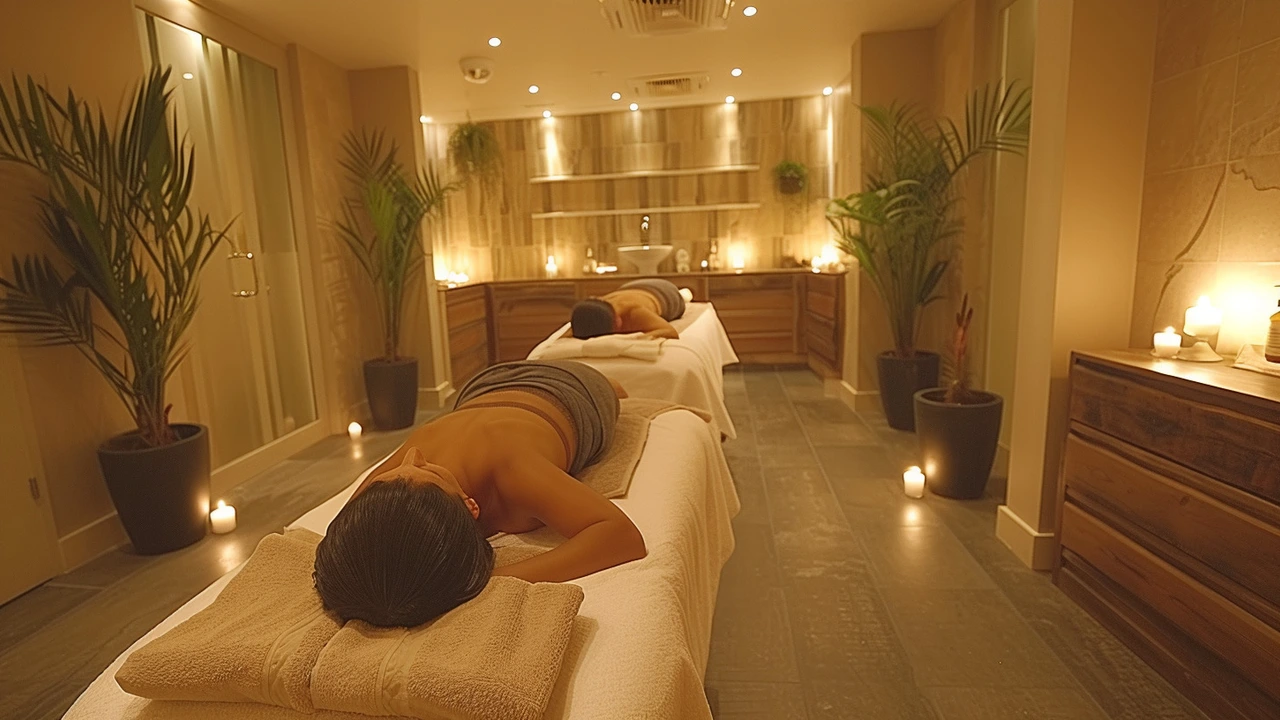Stone Massage History: How Heated Stones Became a Therapy
Want a quick surprise? People used heated stones for healing long before massage tables and lotions existed. Stone-based therapies show up across old cultures as a way to warm the body, ease pain, and add ritual to healing. The basic idea is simple: smooth stones hold heat and pressure in ways that help muscles relax faster than hands alone.
Ancient healers in various places—Asia, the Americas, and island cultures—used warmed rocks in baths, sweat lodges, and direct body work. These practices differed in meaning and method, but they share a clear pattern: heat plus pressure helps circulation and calm tense tissue. Archaeological records and oral histories point to repeated use of stones in healing for centuries.
How stone massage turned into modern practice
In modern spas and clinics, hot-stone therapy grew from those traditional roots. Therapists started selecting smooth basalt stones because basalt is dense and holds heat well. The standard method: heat stones in water, test the temperature, then place or glide them on the body. Some approaches alternate hot and cool stones to stimulate circulation and reduce inflammation.
A notable milestone came in the 1990s when a branded approach called LaStone therapy formalized using both hot and cold stones in a step-by-step session. That helped spread the practice into mainstream massage and rehab settings, where people began studying effects like muscle relaxation, stress reduction, and temporary pain relief. Still, research varies—many users report clear benefits, but not every condition responds the same way.
What therapists do now—and what to expect
Today you’ll find variations: pure hot-stone relaxation, deep-tissue work with stones as tools, and mixed hot/cold protocols. Sessions usually start with a therapist warming stones in a heater, checking temperature on the wrist, and using oil so stones glide smoothly. Stones may sit on back points to hold heat, or therapists may use them to knead tight areas. Timing and placement matter: leaving a very hot stone on thin skin can burn, so professionals monitor skin and client feedback constantly.
Safety is central. If you have diabetes with neuropathy, thin or fragile skin, recent surgery, open wounds, uncontrolled high blood pressure, or pregnancy, tell your therapist first. For simple cramps, stiffness, or stress, stone massage can be a gentle complement to other care.
Curious about using stones with dogs? Some animal bodyworkers use warmed stones carefully on large, calm dogs, but only after a vet check and with strict temperature control. Dogs feel heat differently, so start with short, lukewarm contact, watch for discomfort, and stop if the dog pulls away. Never try hot-stone work on a dog without professional guidance.
Stone massage kept evolving because it works as a low-tech way to deliver heat and steady pressure. Whether you try it at a spa or explore a gentle version for your pet, focus on training, safe temperatures, and clear communication with your therapist or vet. That’s what turned an age-old ritual into a safe, usable therapy today.

The Intriguing History and Evolution of Stone Massage
Ever wondered about the intriguing history and evolution of stone massage? This article will take you on a journey from the practice's ancient roots to its modern popularity. We'll delve into the stone massage's unique charm, how it has evolved through time, and its significant influence on wellness and relaxation practices in today's fast-paced world. Join me, as we unwrap the fascinating story behind this enduring treatment.

10 Surprising Benefits of Feldenkrais Training
Sep, 26 2023

Biofeedback Techniques for Stress-Free Living
Aug, 1 2024


